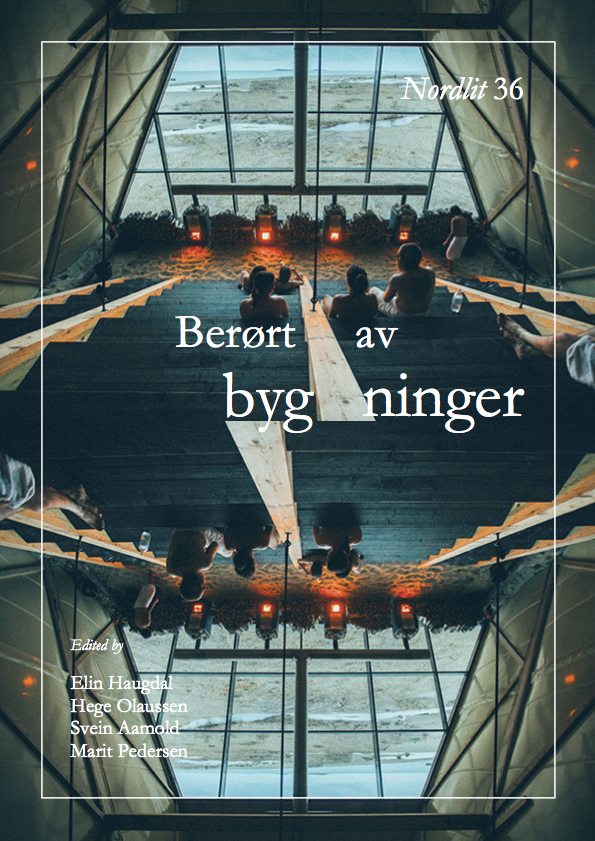Det befolkade rummet: Relikfyndet från Torsken kyrka
DOI:
https://doi.org/10.7557/13.3691Keywords:
medeltid, relik, krucifix, Torsken, närvaro, träskulptur, helgon, altareAbstract
Taking its point of departure in the finding of a bag of relics tucked away under the chin of a late medieval wooden Christ figure from Torsken Church, Senja, this essay discusses relics as an essential feature of the medieval church room. Through the relics – deposited in the sepulchres of the altars, encased in reliquaries made from precious metals or, as in the case of the Torsken crucifix, contained within wooden cult images – the saints became present and accessible as addressees of intercessions. The role of relics in medieval liturgy and devotion is accounted for, and the oscillation between visibility and invisibility, reality and representation, as played out by the Torsken crucifix with its relics, is explored. The visible, “realistic” or life-like figure of Christ is a mere representation, a manufactured similitude of the Son of Man, whereas it is the relics, hidden away in the bag, that manifest the actual presence of the higher, invisible but nevertheless true divine reality in the church room.









